The point of aim for a rangefinder used in golf is usually at the bottom or in the middle of the object to be measured (such as an obstacle, flagpole and so on.) to make sure that the accuracy of measurements. But, many golfers, even though they have modern rangefinders, make measurements that are inaccurate due to incorrect aim. This article will give the complete guideline on how to choose the best target point of a golf rangefinder. It will help you optimize the efficiency of the device.
Key points for operating a rangefinder

Stable grip: Hold the rangefinder with both hands. One hand holds the body and the other supports the bottom. Keep your elbow gently against your body to avoid shaking. When you press on the range button hold the button steady so that your laser beam will be precisely directed towards the point of focus.
Eliminate interfering targets:If obstacles (such as trees or grass) in front of the target area, alter the angle or location in order to make sure that laser strikes the target in a direct manner and avoid being unable to detect nearby objects. If there is a strong interference with light, you can make a shadow over the eyepiece by using your hands.
Use aiming view assistance: The eyepiece or display screen of most rangefinders will show an enlarged view of the target. The bottom or center of the target can be precisely aligned through the crosshair or center point. Some high-end models also have a "flagpole lock" function, which can filter out background interference and quickly lock the flagpole.
The selection principle of the aiming point
1. Flagpole (hole)
The flagpole is the most common distance measurement target. Because the flagpole's bottom is in a fixed position with the ground and won't change significantly because of the wind or any other factor Aiming at the top of the flagpole will be the best option. The point of contact between top of the flagpole as well as ground is a stable and unobstructed position that allows for the elimination of deviations in distance measurement caused by shaking the flagpole's top or by visual mistakes. If there are special circumstances like the flagpole's bottom getting obstructions by debris or grass or it's difficult to identify the features in the lower part from the distance, you could decide to aim for mid-point of your flagpole. It is important to note that the flag on high on the pole can move significantly during windy weather. If you aim at the flag, the measurement result may have a considerable error. Therefore, even if you cannot aim at the bottom, you should try to choose the vertical and stable part of the flagpole as the aiming point.
Summary: Prioritize aiming at the bottom of the flagpole. If there is any obstruction, try to aim at the middle part close to the bottom.

2. Obstacles (such as sandpits, water obstacles)
Measuring the distance to the obstacle is crucial for formulating the batting strategy. When aiming at the bunker, give priority to choosing the front edge of the bunker on the side close to the ball position. This can more accurately assess the hitting distance required to cross the bunker. If it is necessary to calculate the safe distance to bypass the sandpit, aim at the center position on the side of the sandpit.
For water obstacles, if the water surface is relatively calm, you can directly aim at the edge line of the water obstacle. If there are ripples on the water surface or there are vegetation obstructions, it is recommended to aim at the fixed reference objects beside the water obstacles, such as stones or wooden stakes on the shore, to ensure that the laser of the rangefinder can be accurately projected onto the target. When facing long and narrow obstacle areas, such as long grass strips, the center of the area directly in front of the ball position should be selected to avoid distance calculation errors due to Angle deviation.
Summary: Aim at the front or center of the obstacle.
3. Trees or sign poles
For vertical objects such as trees and marker poles, if the trees are relatively thick, the sight of the rangefinder can be aimed at the middle of the tree trunk. If the trees are thin, laser deflection is likely to occur. At this time, you can step back a few steps to expand the aiming field of view and ensure that the laser beam can fully cover the target. For the marker pole, since it is usually slender and has a fixed height, aiming at the middle position of the pole body is sufficient.
Summary: Aim at the center of the object that is perpendicular to the ground to avoid distance deviations caused by tilted viewing angles.
The best aiming points in different scenarios
|
Scenario classification |
Specific scenarios |
Best aiming points and strategies |
Precautions |
|
Weather scene |
Sunny |
Base of flagpole; center or leading edge of obstacle; center of tree |
Adequate light, aim according to conventional principles to ensure accurate measurement |
|
Rain |
Expand the aiming range at the bottom of the flagpole, take multiple measurements and average the results; use clear reference objects near the target to assist in distance measurement |
Laser is easy to scatter, try to measure close to the target; when the target is blurred, give priority to fixed reference objects |
|
|
Terrain scene |
Flat fairway |
The bottom of the flagpole; the front or center of the obstacle |
No obstruction, strictly follow the conventional principles to ensure that the measured distance meets the needs of hitting the ball |
|
Sloping terrain |
The middle of the flagpole (when the bottom is blocked); adjust the obstacle aiming point according to the slope (such as aiming at the bottom of a downhill bunker) |
Laser is prone to errors due to angles, use the slope compensation function (if allowed) to flexibly adjust in combination with the slope |
|
|
Mountains or hills |
Markers with a wide field of vision; the part of the obstacle that is clearly visible |
Complicated terrain, give priority to unobstructed targets, and estimate the flagpole distance through markers |
|
|
Target location scene |
The target is near |
Target center, aim slowly and steadily, and measure multiple times to confirm stability |
Lasers at close range tend to shake easily, so the rangefinder needs to be held steadily |
|
The target is far away |
Use the zoom function to cover the target center area; first measure nearby larger objects, then estimate the target distance |
Long-range targets are small and easily blurred, so they can be judged by combining the position relationship of surrounding objects |
Common Mistakes and Responses
Misdetected the background object
Reason: The laser is locked onto trees or mountains instead of flagpoles.
Solution: Use the First Target Mode or adjust manually.
Reflective interference
Reason: Strong light will cause the laser beam to form a halo effect on the CCD sensor
Solution: Avoid aiming at reflective surfaces such as water and glass.
The measurement data is unstable (with fluctuations of more than ±5 yards)
Reasons: Improper holding posture, device firmware not updated
Solution: Correct the holding posture and check the manufacturer's official website for firmware updates monthly
Exceed the effective ranging range
Most rangefinders are most accurate within 300 to 400 yards. For extremely long distances, it is necessary to make a judgment based on experience.
Summary
The core aiming logic of a golf rangefinder is "a fixed, clear and vertical point to the ground", with the bottom of the flagpole being the best choice. In actual operation, flexible adjustments should be made in combination with environmental factors (such as obstruction and weather), and the accuracy should be improved through stable holding and multiple calibrations. Beginners are advised to repeatedly practice aiming skills on the practice ground, familiarize themselves with the characteristics of the equipment, and then apply them in actual combat.

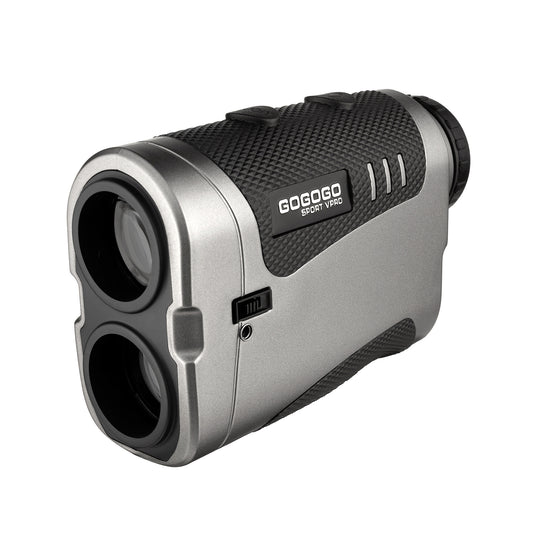
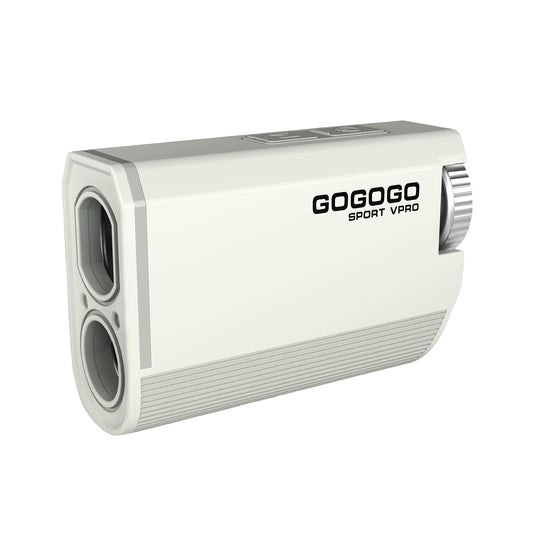
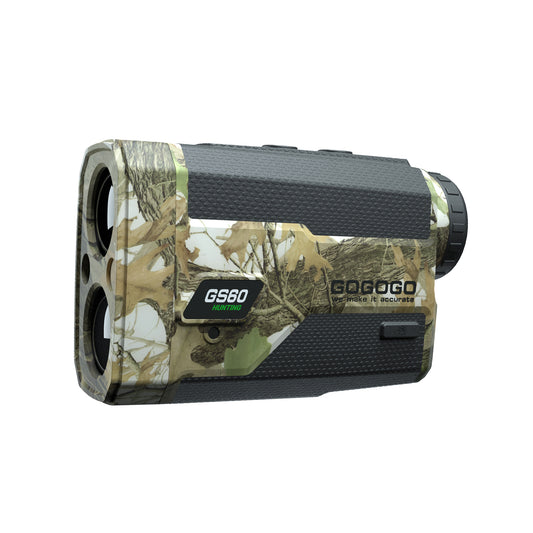
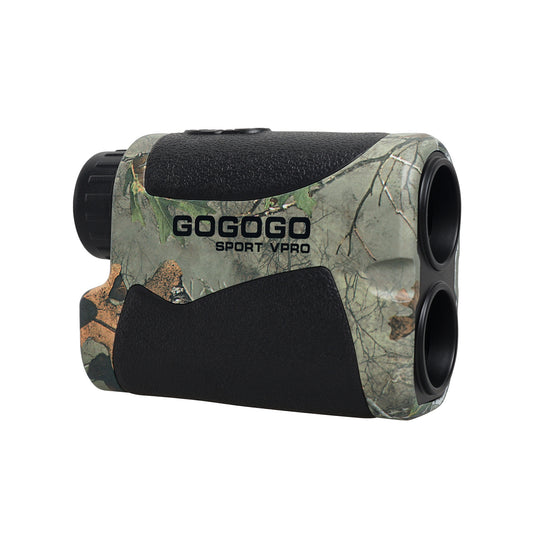
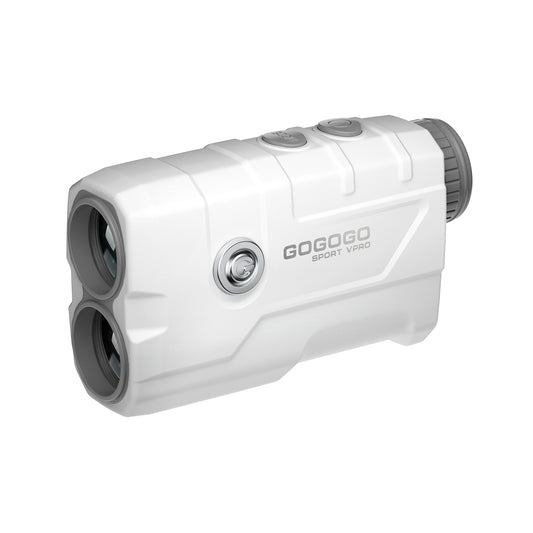
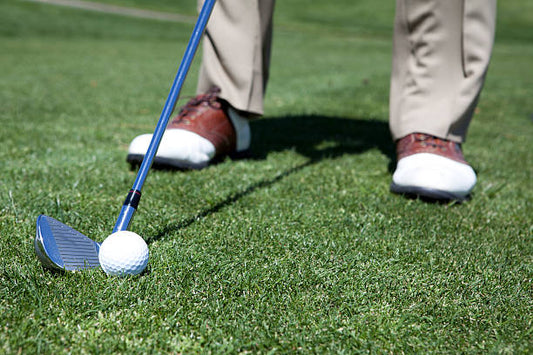
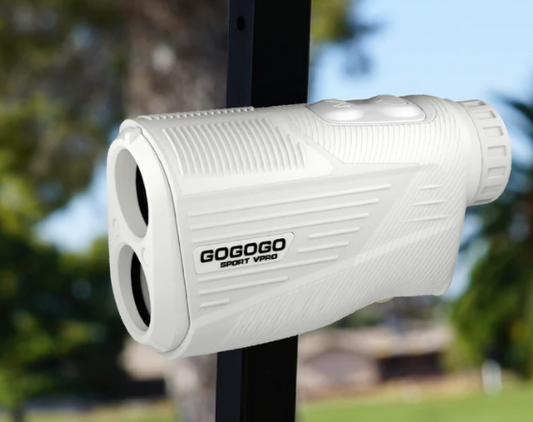

![[2025] The Ultimate Guide to Pinseeker Rangefinders for Golfers](http://gogogosport.com/cdn/shop/articles/gogogo_sport_vpro_pinseeker_rangefinder.png?v=1757993796&width=533)